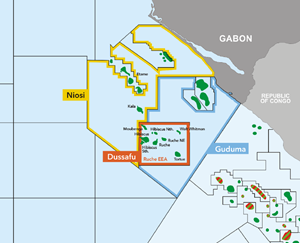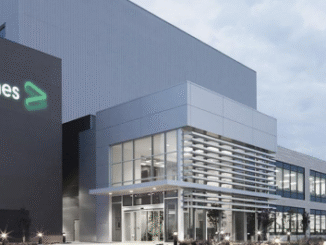Fig. 1. NOV’s President for Energy Products and Services, Scott Livingston. Image: NOV.
Although the deepwater portion of the offshore oil and gas industry may be traversing a few rough spots at present, the general outlook for this sector over the next few years remains solidly positive. That’s the theme of comments made by Scott Livingston (Fig. 1), NOV’s President of Energy Products and Services, during an Executive Dialogue session during Day 2 at the Offshore Technology Conference in Houston.
Tuesday’s session was entitled, “Deepwater Technology and Equipment,” and featured a number of wide-ranging questions from the moderator, James Wicklund (Fig. 2), who is an industry veteran and managing director at investment banking firm PPHB. The discussion that ensued proved to be lively and enlightening.
Rig building. Looking at some current trends, Wicklund asked Livingston when the industry might see the next deepwater rig built. “I’m not sure that anyone can afford one right now,” Livingston said only half-jokingly. “There is a lack of demand for newbuilds at the moment. I don’t see an offshore build cycle anytime soon.” However, he was quick to add that “a number of exciting upgrades [to existing deepwater rigs] have been made in recent years.”
Rig utilization. One hopeful sign for greater deepwater activity in the future, said Livingston, is that “a number of recent contracts [for hiring rigs] have been signed, so I’m confident that we’ll get utilization back up to 90%.” But in the short run, in response to Wicklund’s question on current utilization, Livingston allowed this number may have to go lower before it rebounds and goes higher. “I think we’ll get down to about 70% utilization during the second half of 2025 and the first half of 2026,” opined Livingston. Asked by Wicklund about the factors behind this short-term trend, he replied, “the reduction in activity has not been particularly influenced by lower oil prices (the price of WTI crude stood at $59.09/bbl at the end of trading on Tuesday, May 6). It’s more of a supply chain and cycle problem. We have to remember, the deepwater cycle is a much longer timeframe.”

Fig. 2. James Wicklund, Managing Director, Client Relations and Business Development, PPHB.
Deepwater vs. shale projects. The talk then turned to the longer-term outlook for deepwater projects vs. shale development. Livingston pointed out that “shale has had its heyday. There is a decline in Tier 1 [prospect] availability. There is a consensus that we’re near the peak of U.S. shale.” Wicklund and Livingston went on to note that the breakeven price for greenfield deepwater developments can be as low as $40/bbl, while the breakeven figure for incremental brownfield deepwater projects may be in the low $30s/bbl.
Technology yields greater deepwater efficiencies. The ability to achieve the aforementioned breakeven prices for deepwater projects generated a question from Wicklund as to the technology innovations that might be responsible. “There has been an increased industrialization and automation on both the drilling and production sides offshore,” explained Livingston. “For instance, over the last 15 years, seismicity has improved greatly. Floating production has brought standardized [vessel] designs. Managed pressure drilling has migrated from being a bespoke targeted technology to a base technology.”
As the conversation finished, Livingston offered up a summation of the current offshore industry, particularly deepwater projects. “My impression is that we [the industry] are better now than we have ever been.”
This article was originally posted at www.worldoil.com



Be the first to comment